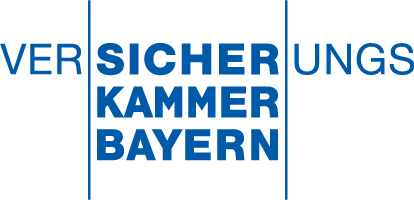Requirements
Tracing
Trace requirements with ease
Stop following behind. Take the wheel. Steer.
Requirements Tracing
- ISO 26262 for automotive software
- DO-178C/ED-12C for avionic systems
- ISO 13485/IEC 62304 which is used for medical devices
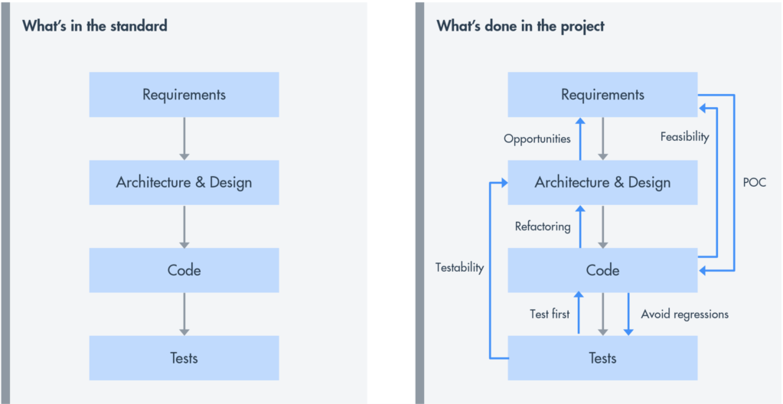
Keep Everything in Sync
When your code or your tests change, you need to review all affected requirements and other specification items. Teamscale automatically assembles this list for you, e.g., in your merge request or your issue tracker, potentially saving you from working through hundreds of pages.
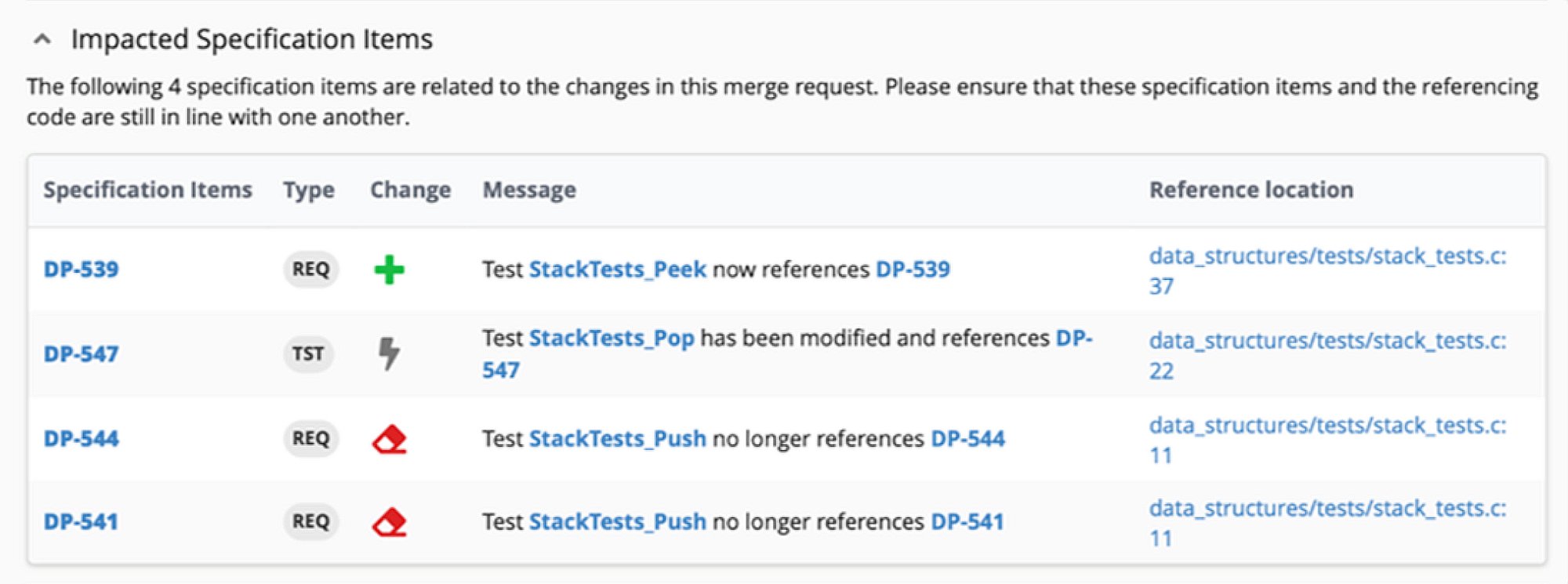
Ensure Sufficient Testing
- Are there any requirements without associated tests?
- Do the tests for a given requirement provide sufficient risk mitigation?
- Have all relevant tests been executed successfully on the release candidate?
- Are there any tests that claim to verify a large number of requirements?
Link your tests and your requirements via code annotations or your testing tool. Teamscale detects test cases in your code or imports them from your test management tool and computes the verification matrix and even its evolution over time.
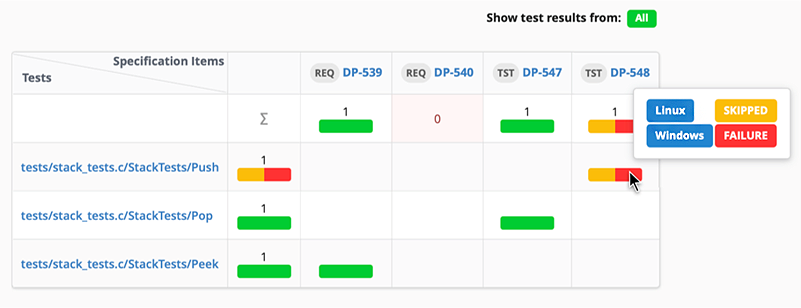
Enjoy Our Demo
Enjoy a quick demonstration of Teamscale’s requirements tracing features in our demo video.
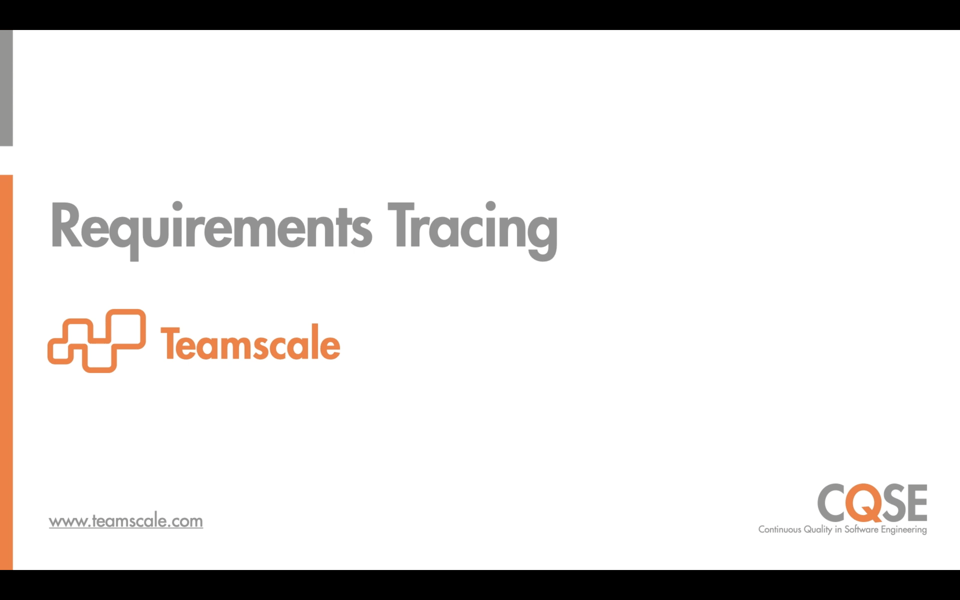
Lose Your Fear
Never again maintain spreadsheets manually, to try and keep your requirements, tests, code and other artifacts in sync.
Always have accurate and up-to-date information on requirements links and verification at your disposal.
Use tools to automate the redundant and other error-prone work and free up your people for higher-value work.

FAQs
Everything you need to know about requirements tracing. Can’t find the answer you’re looking for? Please chat to our friendly team.
We observe that requirements tracing becomes more and more common in software engineering. However, it is most heavily used in the engineering of safety-critical systems and described in various industry standards. Among the most common are
* ISO 26262 for automotive software
* DO-178C/ED-12C for avionic systems
* ISO 13485/IEC 62304 which is used for medical devices
Teamscale imports requirements from your requirements management tool.
We define requirements as part of the product that needs to be updated while the software system evolves, while issues are a means of project management to plan and organize tasks. While there often is a relation between the two, there's typically no 1:1 mapping.
Teamscale automatically detects tests written with common test frameworks in your code or it may import them from your test management tools.
Teamscale imports your code directly from your version control system.
Link your tests either via code annotations or by adding links in your test management tool.
Insert respective links into your code.
Upload test-execution results to Teamscale.
Would you like to exchange experiences on requirements tracing?
We play a leading role in designing Agile Requirements Tracing in close collaboration with our clients in Silicon Valley. Meanwhile, the resulting features have become available to all Teamscale users.
If you would like to learn more about Agile Requirements Tracing, I’m happy to chat!

Companies that use Teamscale
Teamscale supports and integrates many other tools and formats.
Trash those spreadsheets and enjoy accurate, up-to-data information instead
Latest writings
The latest news, events and insights from our team.
- Events
- Publications
- Cases
- Blog


.svg.png?width=65&height=65&name=BMW_logo_(gray).svg.png)






